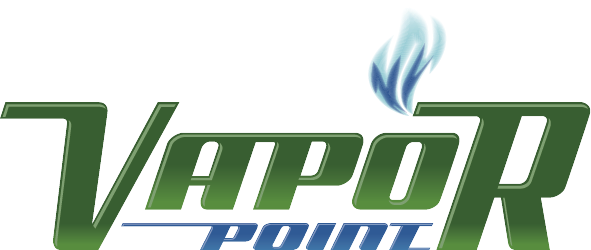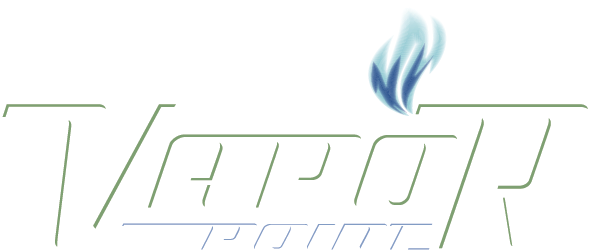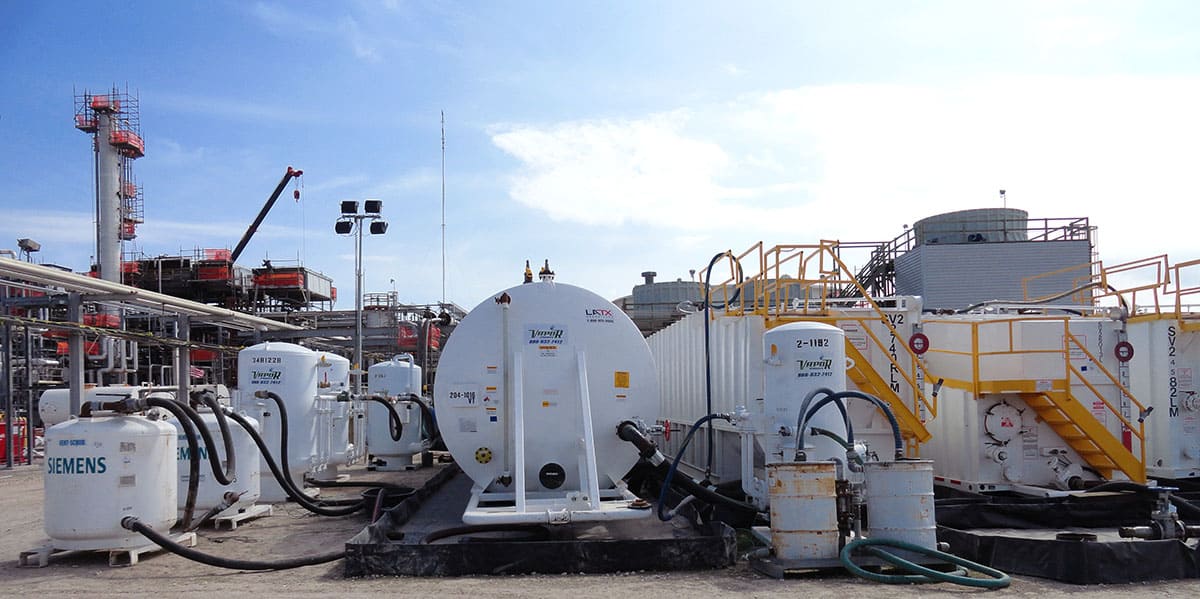The EPA and state enforcement agencies have enacted stringent regulations directly impacting flare operations, while also imposing new National Ambient Emissions Standards. Federal and State Agencies have emphasized a highlighted effort to reduce H₂S and ultimately SOx emissions from thermal destruction control devices. Refinery Ja rules address the reduction of sulfides to flare systems, which translates to significant operational downtime and unplanned interruptions leading to additional costs and loss of production at refineries.
Refinery operations often face downtime and unplanned interruptions due to sulfide reduction to flare systems, resulting in additional costs and production loss. That's why it's crucial for those responsible for planning, executing, and managing unit operations, maintenance, and turnarounds to explore alternative technologies that effectively control hazardous emissions like H₂S and sulfur compounds. At Vapor Point, we have versatile equipment capable of handling jobs of all sizes, meeting various pressure and flow rate requirements.
How are H₂S and SO2 removed?
- Portable thermal destruction – Requires AMP permits, Specialized activated carbon – creates need for offsite waste disposal
- Amine treating- capital extensive and typically only used as a process
- Liquid scrubbing - requires proper handling and disposal
Sulfur removal poses challenges related to operating conditions, personnel safety, and H₂S monitoring. However, we address these challenges head-on. Our top priorities are worker safety, minimizing downtime during turnarounds, reducing SOx production, and decreasing corrosion potential in flare lines and system components.
By incorporating our mobile H₂S and SO2 control technologies into your process and turnaround activities, you can reduce your reliance on thermal combustion devices. This leads to improved safety, fewer work interruptions, and compliance with stricter regulations. Vapor Point’s proven processes were developed with input from refining personnel who needed alternative technologies that would offer operational flexibility eliminating the various sulfur contaminants.
Benefits of Sulfur Removal
- Safer working conditions - decrease in breathing air requirements
- Reduced downtime during turnarounds
- Minimize SOX Production
- Reduced corrosion potential in flare lines and other system components • Commercial and marketing opportunities for cleaner fuels
- Compliance with newer and more stringent regulations
Time after time, Vapor Point’s emission control systems and custom engineered process vessels have met the needs of the refining industry on field implementations. Our alternative control system has already proven successful in numerous refinery units, including crude units, coker units, reformer units, and more. Even when flares are available, our H₂S controls significantly reduce SOx emissions, allowing for faster introduction of H₂S-free vapors and minimizing downtime.”
With Vapor Point's proven alternative to flare usage, you can enjoy significantly reduced downtime, increased efficiencies, and lower costs. Embrace a cleaner, more efficient future for your refinery operations. Partner with Vapor Point today and gain control over your H₂S and SO2 emissions.


